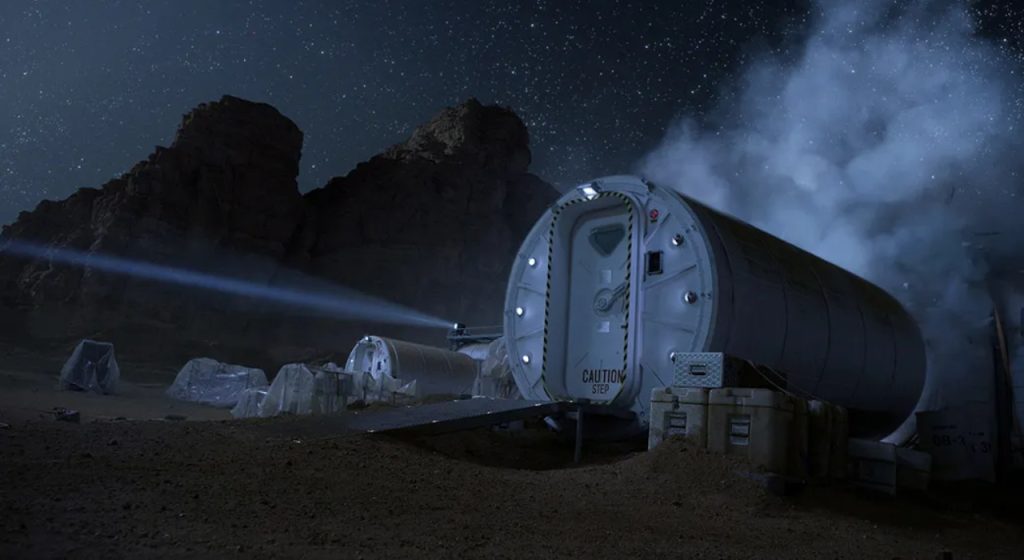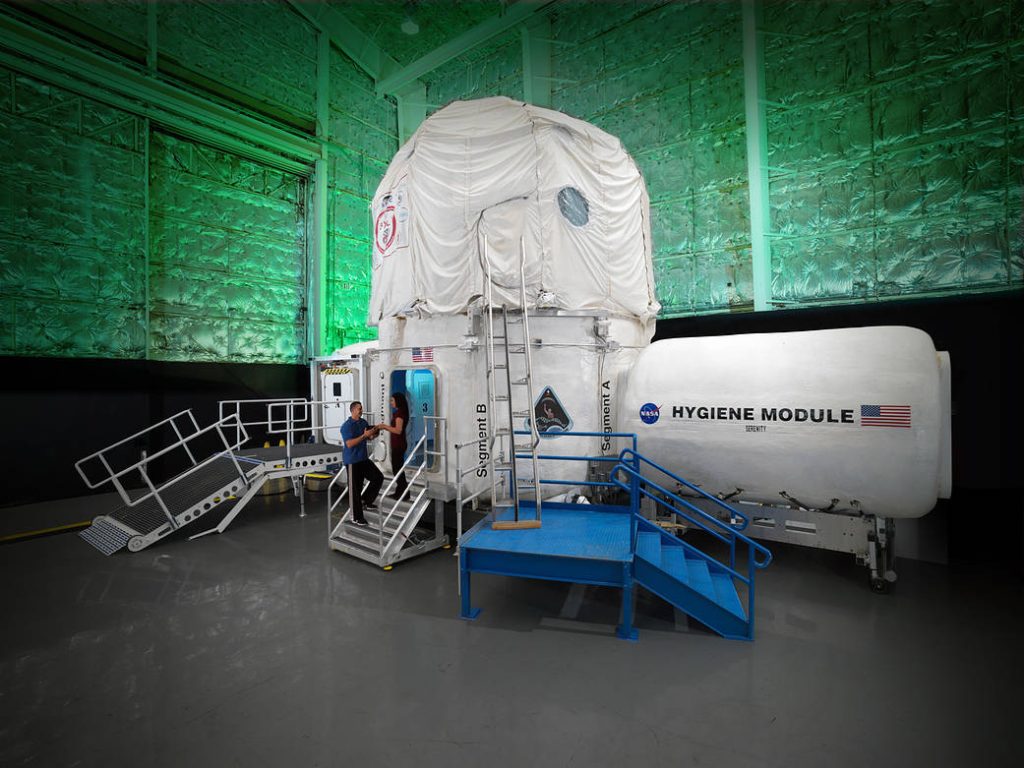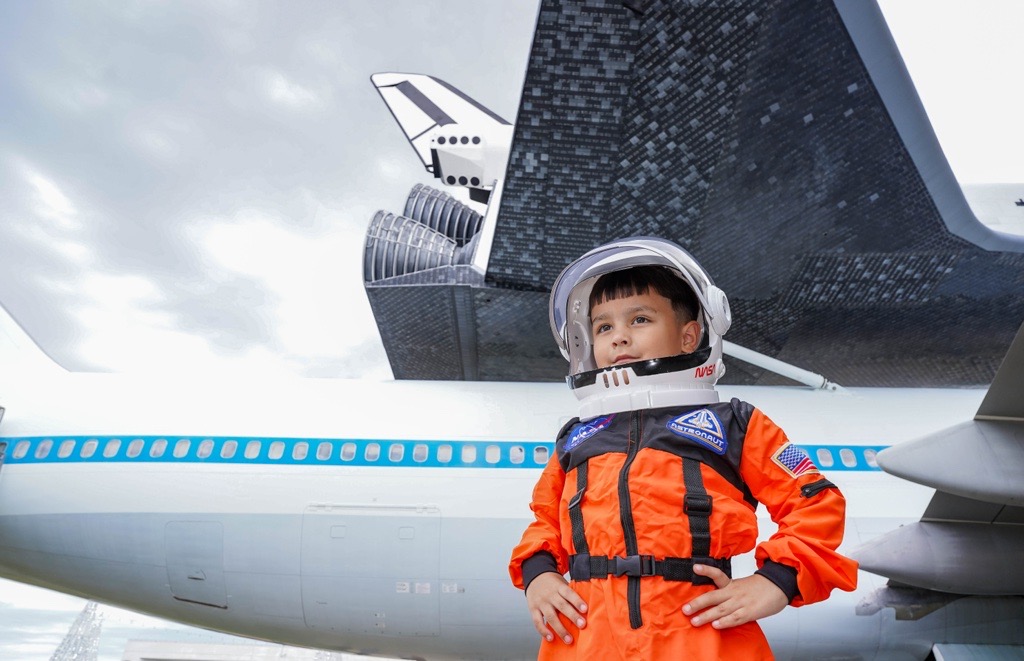Home » Education Programs » Innovation Gateway » HERA Patch Challenge
We want to share an important update with our community. The HERA Patch Design Challenge will not be moving forward this year.
We know many of you were excited to take part, and we are truly grateful for the creativity, passion, and effort you’ve shown in preparing for this opportunity. While this particular challenge won’t continue, our commitment to creating inspiring STEM experiences remains strong.
Thank you for being part of this journey with us. We look forward to sharing new opportunities soon and can’t wait to see the innovative ideas you’ll bring to future challenges.

HERA is a two-and-a-half story, 650-square-foot habitat at NASA’s Johnson Space Center in Houston. The facility simulates the type of isolation, confinement, and remote conditions that astronauts will experience on deep space missions.
Beginning in 2026, four missions will take place inside HERA, all simulating a trip to the Moon. Each will have four volunteer crew members who live isolated and confined within HERA for 45 days. Research volunteers live and work like astronauts during the missions, carrying out maintenance, operational, and scientific tasks. They will also experience simulated communication delays with HERA’s Mission Control Center. Scientists assess how the environment affects the mental and physical health of participants. Resulting data helps NASA plan future human expeditions to the Moon, Mars, and beyond.

The Human Exploration Research Analog, located at NASA’s Johnson Space Center in Houston / Credit: NASA
Studies within HERA 8 will focus on the following themes:
Students are encouraged to keep these themes in mind while designing their mission patch submission.
HOURS TODAY
New year, new stellar inspiration! Emily “The Space Gal” Calandrelli is LIVE in-person on Thursday, January 15 at 5:30 p.m.
Don’t miss your chance to experience Houston’s brightest holiday tradition – only on view through January 4, 2026!
Membership connects you to the ideas, people and discoveries shaping our future in space—every visit, all year.

Use code WEB15 for 15% off a Space Center Houston membership + an extra month, free parking, discounts and other stellar perks.